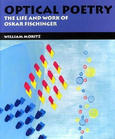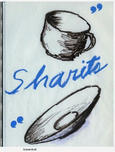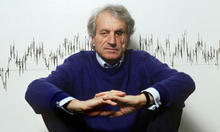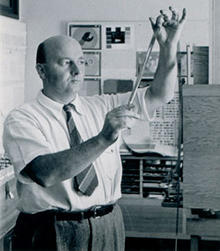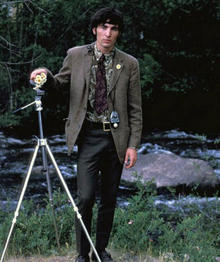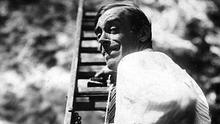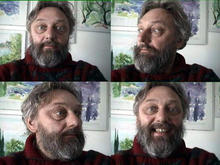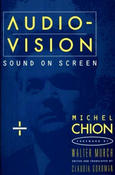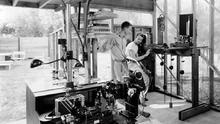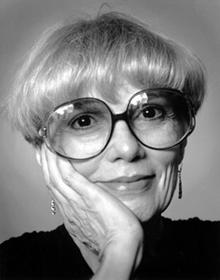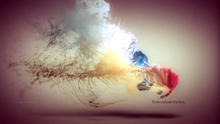Notation. Calculation and Form in the Arts
(2008)is a comprehensive catalogue (in German) edited by Dieter Appelt, Hubertus von Amelunxen and Peter Weibel which accompanied an exhibition of the same name.
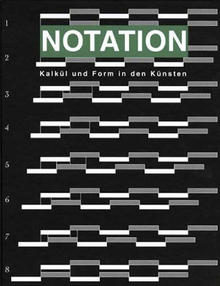
Notation was dedicated to the multifaceted spectrum of artistic process existing between concept and work. The exhibition placed works from all areas of art from 1900 until today in relation to one another: sign systems in literature, music, painting, choreography, architecture, photography, film and in media art. Over 450 positions by more than 100 artists and drawn from international collections were presented.
During the 20th century, artists have repeatedly made visible new realities through the connection between scientific calculation and artistic form. Morphic resonances, serial structures and sound waves: Modernity has rediscovered the intellectual aspect of existence as a field of research for art. John Cage, Etiénne-Jules Marey and Walter Benjamin, Edgard Varèse and Iannis Xenakis, Mary Wigman and Robert Walser, Oskar Fischinger and Marcel Broodthaers, Allan McCollum and Mel Bochner, Antonin Artaud and Pierre Boulez: 20th century artists have designed fields of relations in notations, (in the words of György Ligeti) either as directions for play, as means of communication or as an autonomous work.
An exhibition of the Academy of the Arts, Berlin and the ZKM | Karlsruhe.
Source: ZKM
ISBN-10: 3883311235
ISBN-13: 978-3883311234

